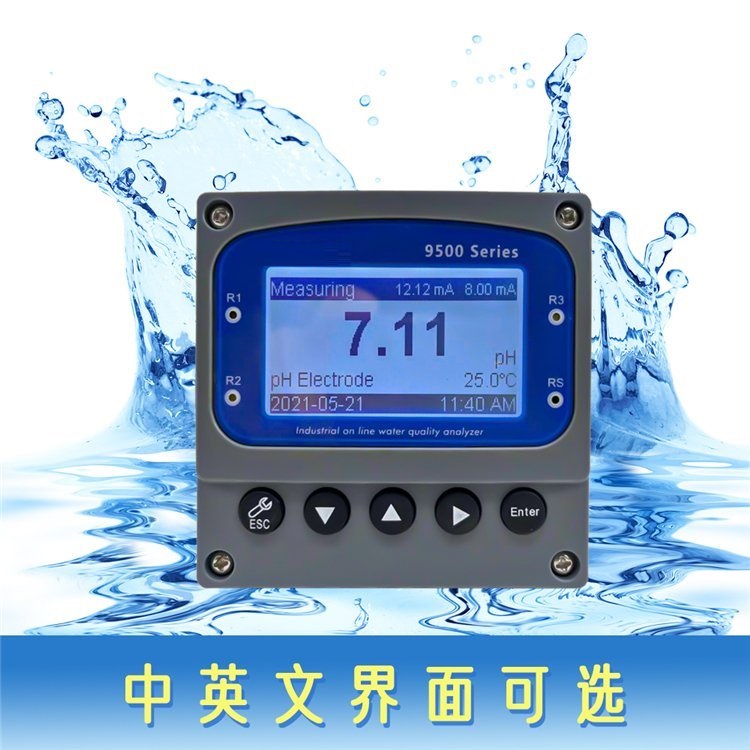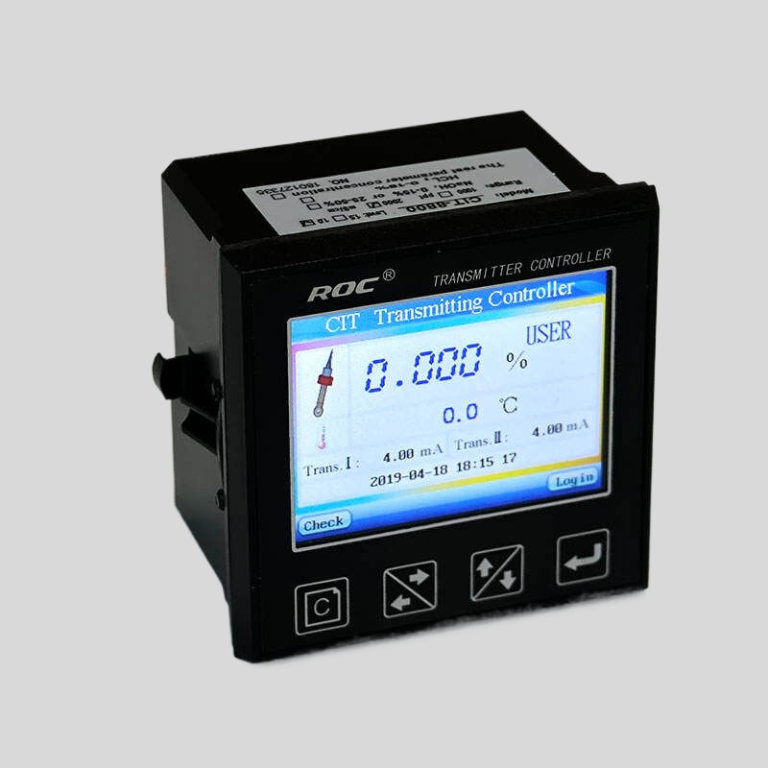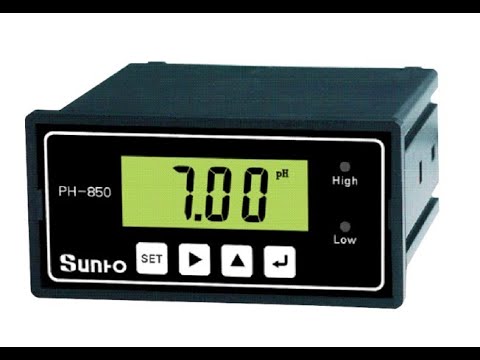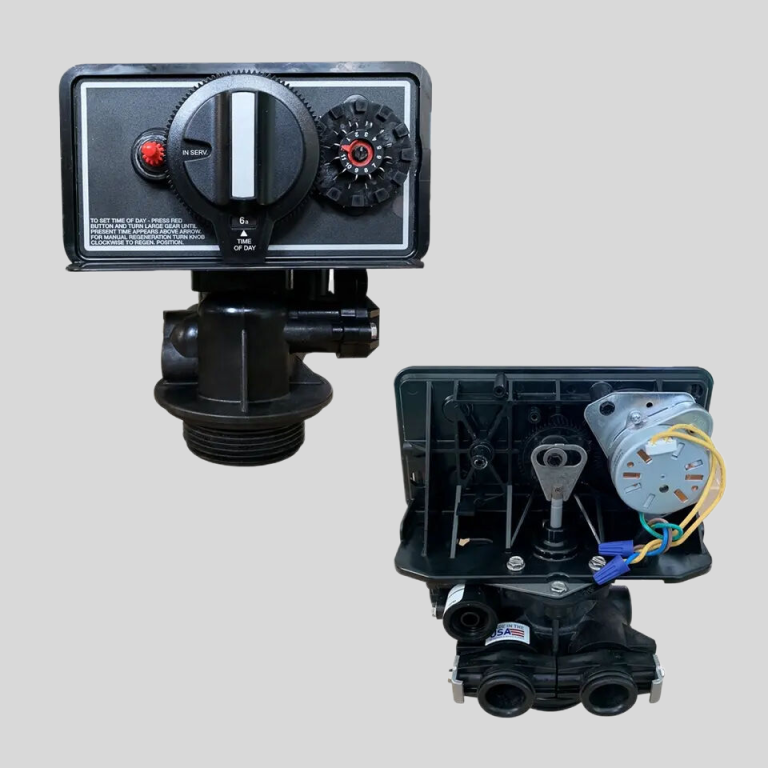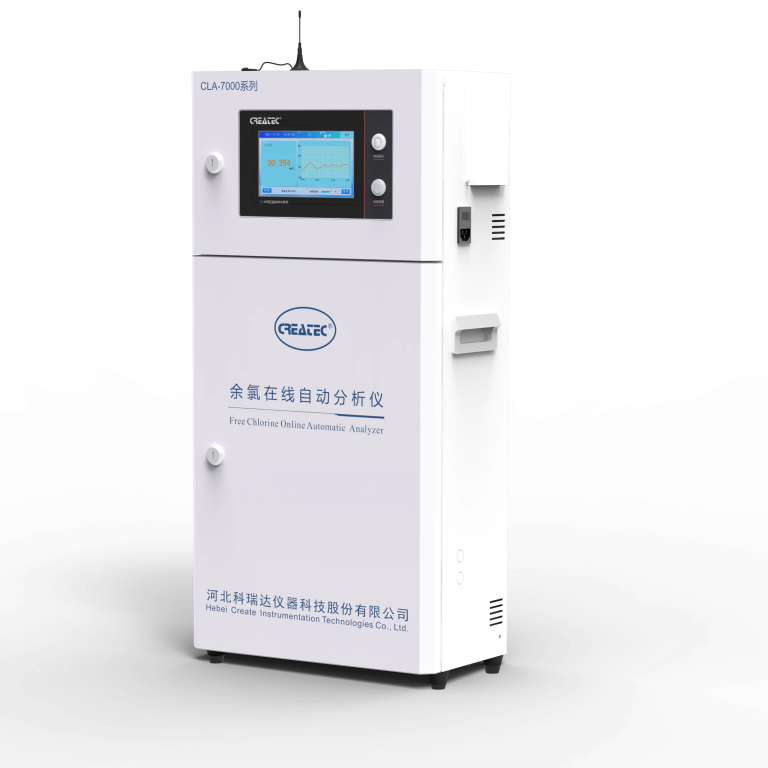Table of Contents
Exploring the Essential Uses of dissolved oxygen meters in Aquaculture
Dissolved oxygen meters, also known as DO meters, are indispensable tools in the field of aquaculture. These devices measure the amount of oxygen dissolved in water, a critical parameter that directly impacts the health and survival of aquatic organisms. The importance of maintaining optimal levels of dissolved oxygen cannot be overstated, as it is a vital component for the respiration of fish and other aquatic species.
The primary use of dissolved oxygen meters in aquaculture is to ensure the health and well-being of the aquatic population. Fish, like all living organisms, require oxygen to survive. However, unlike terrestrial animals, fish extract their oxygen directly from the water in which they live. If the oxygen levels in the water drop too low, fish can become stressed, which can lead to disease and, in severe cases, death. By regularly monitoring the levels of dissolved oxygen, aquaculturists can take proactive measures to prevent such scenarios.
In addition to safeguarding the health of the fish, dissolved oxygen meters also play a crucial role in optimizing the productivity of aquaculture operations. High levels of dissolved oxygen promote the growth and reproduction of fish, leading to higher yields. Conversely, low levels of dissolved oxygen can stunt growth and reduce reproduction rates, negatively impacting the profitability of the operation. Therefore, maintaining optimal levels of dissolved oxygen is not only a matter of animal welfare but also of economic viability.
Dissolved oxygen meters are also used to monitor and manage the quality of the water in aquaculture systems. Various factors, such as temperature, salinity, and pressure, can affect the amount of oxygen that water can hold. By measuring the levels of dissolved oxygen, aquaculturists can gain insights into these underlying conditions and adjust their management strategies accordingly. For instance, if the dissolved oxygen levels are consistently low, it may indicate that the water is too warm, prompting the need for cooling measures.
Furthermore, dissolved oxygen meters are instrumental in assessing the impact of feeding practices on water quality. Overfeeding can lead to an excess of organic matter in the water, which bacteria break down in a process that consumes oxygen. By monitoring the levels of dissolved oxygen, aquaculturists can determine whether their feeding practices are appropriate or whether adjustments are needed to prevent oxygen depletion.
Lastly, dissolved oxygen meters are used in research and development efforts aimed at improving aquaculture practices. By studying the relationship between dissolved oxygen levels and various factors such as fish growth, reproduction, and disease resistance, researchers can develop new strategies and technologies to enhance the sustainability and productivity of aquaculture operations.

In conclusion, dissolved oxygen meters are essential tools in aquaculture, serving a multitude of purposes. They are used to safeguard the health of the fish, optimize productivity, manage water quality, assess feeding practices, and drive research and development efforts. As the demand for seafood continues to grow, and with it the importance of aquaculture, the role of dissolved oxygen meters in ensuring the sustainability and success of this industry is set to become even more significant.
Understanding the Role of Dissolved Oxygen Meters in Water Quality Management
Dissolved oxygen meters play a pivotal role in water quality management, serving as indispensable tools for assessing the health of aquatic ecosystems. These devices measure the amount of oxygen dissolved in water, a critical factor that influences the survival and growth of aquatic organisms. The importance of dissolved oxygen in water cannot be overstated, as it is a key indicator of water quality and the overall health of an ecosystem.

Dissolved oxygen meters are used in a variety of settings, from wastewater treatment plants to fisheries, to monitor and maintain optimal oxygen levels. In wastewater treatment, for instance, these meters are used to ensure that the oxygen levels are sufficient for the aerobic bacteria that break down organic waste. If the oxygen levels are too low, the bacteria cannot effectively decompose the waste, leading to poor water quality. Conversely, if the oxygen levels are too high, it can lead to unnecessary energy consumption and operational costs. Therefore, maintaining the right balance is crucial, and dissolved oxygen meters provide the means to achieve this.
In the context of fisheries and aquaculture, dissolved oxygen meters are equally important. Fish, like all aerobic organisms, require oxygen to survive. Low levels of dissolved oxygen can cause stress in fish, reducing growth rates, impairing reproduction, and in severe cases, leading to mass mortality. By using dissolved oxygen meters, fish farmers can monitor oxygen levels in real-time and take immediate action if levels drop too low. This not only ensures the health and wellbeing of the fish but also safeguards the economic viability of the operation.
| Model | EC-1800 online conductivity controller |
| Range | 0-2000/4000uS/cm 0-20/200mS/cm |
| 0-1000/2000PPM | |
| Accuracy | 1.5%, 2%, 3%(FS) |
| Temp. Comp. | Automatic temperature compensation based on 25℃ |
| Oper. Temp. | Normal 0~50℃; High temp 0~120℃ |
| Sensor | C=0.1/1.0/10.0cm-1 |
| Display | 128*64 LCD Screen |
| Communication | 4-20mA output/2-10V/1-5V/RS485 |
| Output | High/Low limit dual relay control |
| Power | AC 220V±10% 50/60Hz or AC 110V±10% 50/60Hz or DC24V/0.5A |
| Working Environment | Ambient temperature:0~50℃ |
| Relative humidity≤85% | |
| Dimensions | 96×96×100mm(H×W×L) |
| Hole Size | 92×92mm(H×W) |
| Installation Mode | Embedded |
Dissolved oxygen meters are also used in environmental monitoring and research. Scientists use these devices to study the health of rivers, lakes, and oceans. Changes in dissolved oxygen levels can indicate pollution or other environmental disturbances. For example, an increase in nutrients from agricultural runoff can cause algal blooms, which consume large amounts of oxygen and can lead to hypoxic or low-oxygen conditions. By monitoring dissolved oxygen levels, scientists can detect these events early and work towards mitigating their impacts.
Moreover, dissolved oxygen meters are used in the brewing and beverage industry. Oxygen can adversely affect the taste and shelf life of certain beverages like beer and wine. Therefore, it is essential to monitor and control the oxygen content during the brewing process to ensure product quality.
| FCT-8350 Flow Transmitter | |
| Measurement range | Instantaneous flow:(0~2000)m3/h;Accumulated flow:(0~99999999)m3 |
| Flow rate | (0~5)m/s |
| Applicable pipe diameter | DN 25~DN 1000 for selection |
| Resolution | 0.001 m3/h |
| Renew interval | 1S |
| Accuracy | 2.0 level |
| Repeatability | ±0.5% |
| Probe input | Range :0.5Hz~2KHz;Power supply:DC 12V(instrument supply) |
| Analog output | (4~20)mA,Instrument/transmitter for selection; |
| Control output | Semi-conductor photo electronic relay,Load current 50mA(max),AC/DC 30V |
| Control mode | Instantaneous flow high/low limit alarm, flow variable frequency conversion |
| Working power | DC24V |
| Power consumption: | <3.0W |
| Cable length | 5m as standard ; or(1~500)m for selection |
| Working environment | Temp.:(0~50)℃;relative humidity≤85%RH(non condensation) |
| Storage environment | Temp.:(-20~60)℃; relative humidity:≤85%RH(non condensation) |
| Protection level | IP65(with back cover) |
| Dimension | 96 mm×96 mm×94mm (H×W×D) |
| Hole size | 91mm×91mm(H×W) |
| Installation | Panel mounted,fast installation |
In conclusion, dissolved oxygen meters are versatile tools that play a critical role in various sectors. They are essential for maintaining the health of aquatic ecosystems, ensuring the efficiency of wastewater treatment processes, safeguarding the success of fisheries and aquaculture operations, and guaranteeing the quality of beverages. As our understanding of the importance of dissolved oxygen in water continues to grow, so too will the significance of these devices in managing water quality. Whether it’s in a wastewater treatment plant, a fish farm, a research vessel, or a brewery, dissolved oxygen meters are indispensable tools for monitoring and managing water quality.

